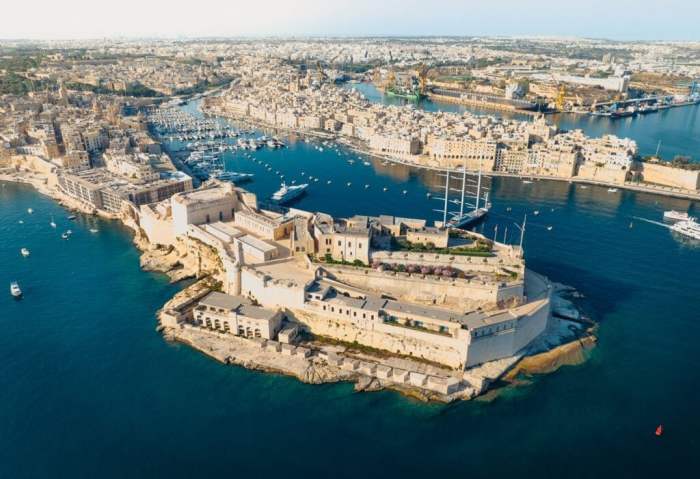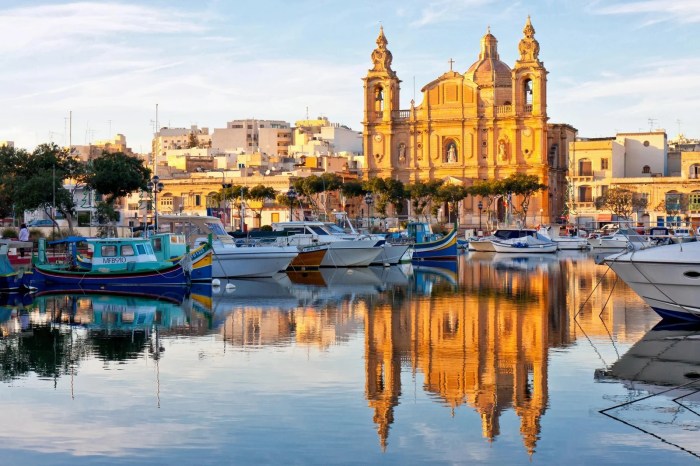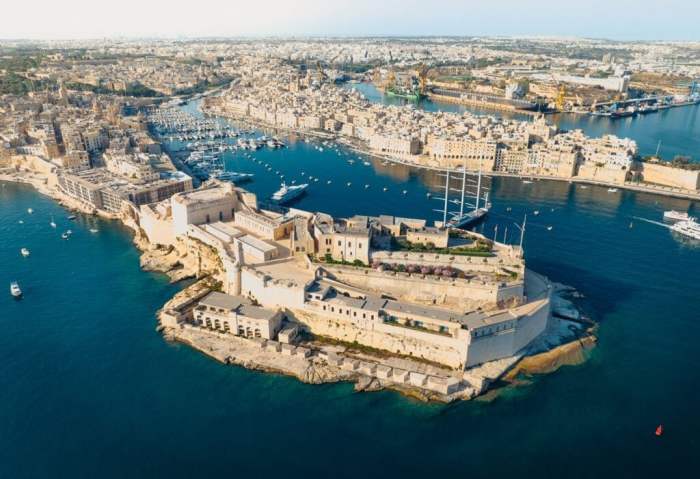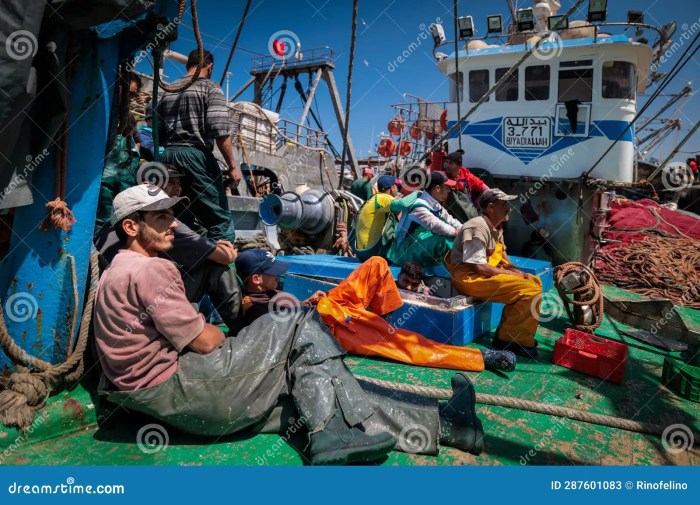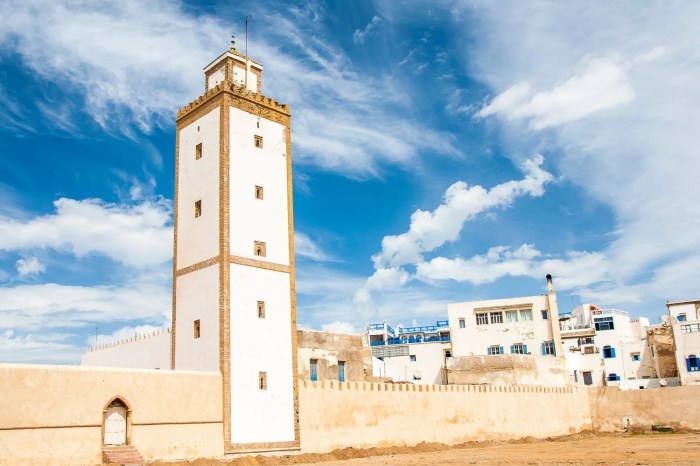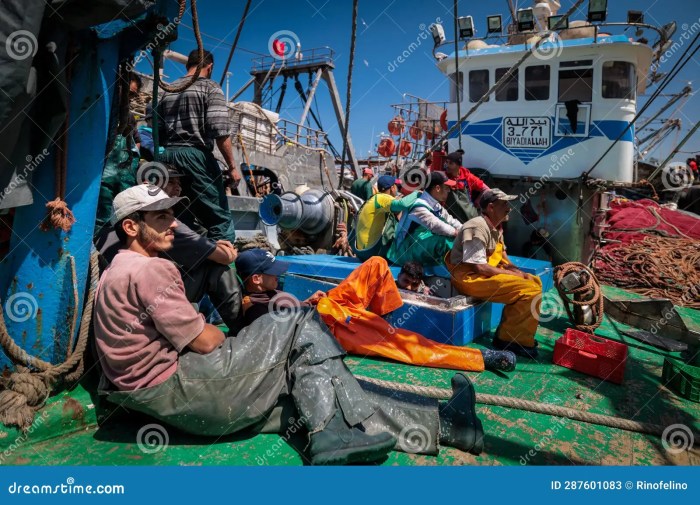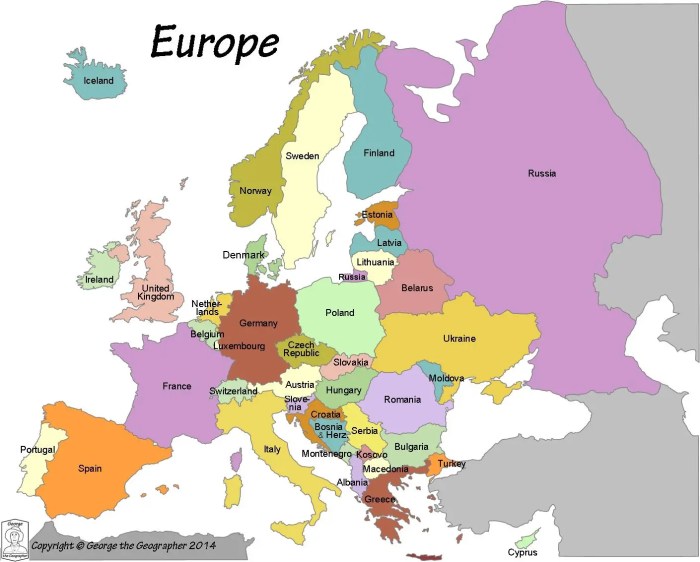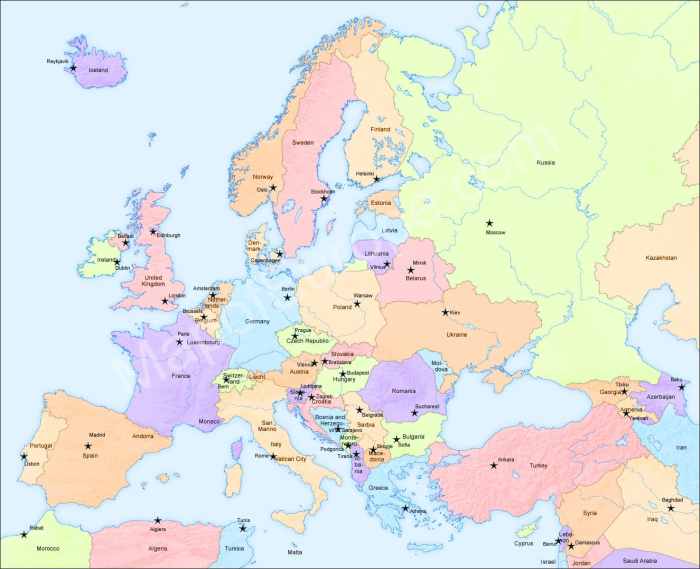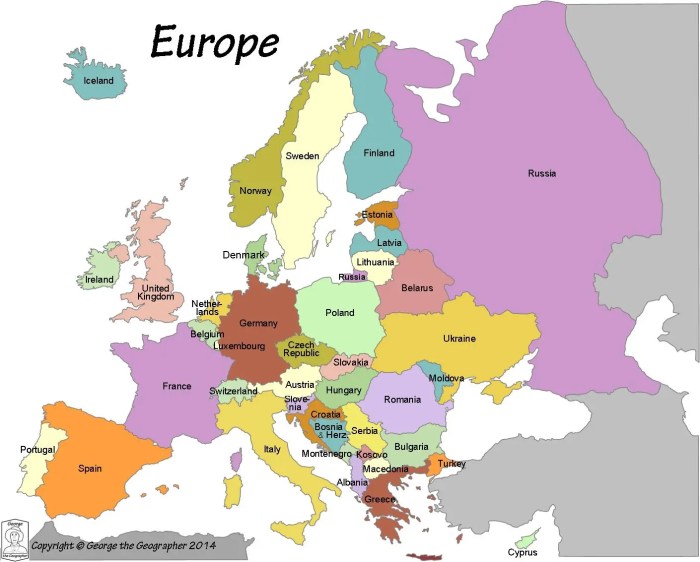Top free things to do in Nice! Imagine exploring the vibrant streets of Nice, France, without spending a dime. This guide unveils a treasure trove of free activities, from soaking up the sun on stunning beaches to delving into the city’s rich culture and history. Discover hidden gems, local favorites, and unforgettable experiences that will leave you enchanted by the beauty and charm of this Mediterranean jewel.
This comprehensive guide will detail various free outdoor activities, such as parks, promenades, and beaches, alongside free cultural experiences like museums, art galleries, and historical sites. We’ll also explore free local experiences, transportation options, and budget-friendly tips for savvy travelers. Get ready to uncover the magic of Nice without breaking the bank!
Introduction to Nice
Nestled on the French Riviera, Nice boasts a captivating blend of history, culture, and stunning Mediterranean charm. The city’s vibrant atmosphere is infectious, drawing visitors with its picturesque promenades, delicious cuisine, and welcoming spirit. From its ancient roots to its modern-day allure, Nice offers a unique experience for every traveler.Nice’s rich history intertwines with its breathtaking coastal setting.
The city has evolved from a small fishing village to a bustling metropolis, preserving its historical significance while embracing contemporary life. This fusion of old and new is evident in its architecture, its cultural events, and the warmth of its inhabitants. The city’s strategic location on the French Riviera has also played a significant role in its development, shaping its cultural landscape and attracting influential figures throughout history.
Key Attractions and Atmosphere
Nice’s appeal stems from its undeniable beauty and welcoming atmosphere. The city’s famous Promenade des Anglais, a breathtaking coastal walkway, offers stunning views of the Mediterranean Sea. This iconic promenade is a hub of activity, with vendors, cafes, and street performers adding to the vibrant energy. The colorful Cours Saleya market, bursting with fresh produce, flowers, and local crafts, further enhances the city’s lively spirit.
The old town, Vieux Nice, with its narrow, winding streets and historic buildings, offers a glimpse into Nice’s past, juxtaposed with the modern life of the city’s more contemporary neighborhoods.
Historical Context and Cultural Significance
Nice’s historical journey is a fascinating tapestry woven from various influences. Initially a Genoese settlement, Nice’s strategic location on the coast attracted various rulers throughout the centuries. The city’s history reflects periods of independence, French rule, and Italian influence. These historical layers are visible in its architecture, from the medieval buildings of the old town to the grander structures reflecting later eras.
This historical heritage is deeply embedded in Nice’s cultural identity. The city’s festivals, its artistic traditions, and its vibrant culinary scene all draw inspiration from its multifaceted past.
Diverse Neighborhoods and Their Characteristics
Nice’s neighborhoods are as varied as the city’s history. The old town, Vieux Nice, is a labyrinth of narrow streets, charming boutiques, and historical landmarks. The modern neighborhoods, such as Cimiez and the more upscale areas near the Promenade des Anglais, offer a different experience, characterized by elegant villas and contemporary living. Each neighborhood holds its unique charm and atmosphere, reflecting the city’s diversity.
The neighborhoods, from the bustling market areas to the quieter residential districts, collectively paint a vivid picture of Nice’s dynamic character.
“Nice is a city that whispers tales of history and shouts with the vibrancy of modern life.”
Free Outdoor Activities in Nice
Nice boasts a wealth of free outdoor activities, making it a paradise for budget-conscious travelers and locals alike. From sprawling parks to picturesque promenades and breathtaking beaches, the city offers a plethora of opportunities to enjoy the Mediterranean sun and fresh air without breaking the bank. Exploring these spaces reveals a rich tapestry of local life and allows for a deeper appreciation of the city’s beauty.The city’s commitment to public spaces is evident in its extensive network of parks, promenades, and beaches.
These areas are meticulously maintained, providing a relaxing and engaging environment for everyone. Walking tours are an excellent way to discover hidden gems and local favorites, and these opportunities often lead to unexpected encounters and enriching insights.
Nice offers tons of free activities, from strolling along the Promenade des Anglais to exploring the charming old town. If you’re looking for a deeper dive into the artistic side of things, you should check out Rick Steves’s insightful exploration of finding the best art in Europe, rick steves finding the best art in europe. It’s a great way to prepare for your visit and discover hidden gems.
Ultimately, Nice is full of free treasures waiting to be uncovered!
Parks and Gardens
Nice offers a variety of parks and gardens, each with its unique charm. These green spaces are popular destinations for locals and tourists, providing a tranquil escape from the bustling city center. They often feature historical elements, such as sculptures or fountains, enhancing the aesthetic appeal. Many offer benches and shaded areas, making them perfect for picnics or simply unwinding.
Promenades and Seaside Walks
The Promenade des Anglais, a world-renowned seaside promenade, is a must-see. This picturesque path, lined with palm trees and elegant hotels, provides breathtaking views of the Mediterranean Sea. The city’s other promenades, while perhaps less famous, offer a similar experience, showcasing the charm of the French Riviera. Strolling along these paths allows you to soak in the atmosphere, observe the vibrant local life, and savor the unique character of Nice.
Beaches
Nice’s beaches are a true gem. They offer a chance to relax on the sand, swim in the crystal-clear waters, or simply bask in the Mediterranean sun. The city boasts a number of public beaches, each with its own distinct character. The best beaches for enjoying the Mediterranean scenery and fresh air are typically those with fewer crowds and ample space to spread out.
Walking Tours
Numerous free walking tours are available in Nice. These tours are a great way to discover the city’s historical landmarks, hidden alleys, and local anecdotes. They are often led by enthusiastic and knowledgeable local guides who share their insights and passion for their city. Many of these tours are self-organized, or they can be found through local tourism information centers.
Hidden Gems and Local Favorites
Discovering hidden gems and local favorites in Nice often involves venturing beyond the main tourist trails. These gems might be tucked away in a quiet alley, a charming local market, or a lesser-known park. Asking locals for recommendations, browsing local newspapers, and paying attention to the conversations of fellow tourists can help reveal these hidden treasures.
| Activity | Location | Description |
|---|---|---|
| Relaxing in Parc de la Colline du Château | High above Nice | Enjoy panoramic views of the city and the Mediterranean coast. |
| Strolling along Promenade des Anglais | Along the beachfront | Admire the architecture, the sea, and the vibrant atmosphere. |
| Visiting the Cours Saleya Market | Cours Saleya | Experience the local atmosphere and discover a wealth of fresh produce and local goods. |
| Exploring the Vieux Nice (Old Town) | Vieux Nice | Discover narrow streets, hidden squares, and historical landmarks. |
Free Cultural Experiences: Top Free Things To Do In Nice
Nice boasts a rich tapestry of culture, accessible to all without the need for hefty entrance fees. Delve into the city’s history, art, and public events, fostering a deeper appreciation for the vibrant local scene. Exploring these free offerings allows for a more authentic and budget-friendly experience, immersing you in the heart of Nice’s cultural pulse.Many free cultural experiences in Nice provide a unique opportunity to connect with the city’s spirit and heritage.
From hidden courtyards to bustling markets, these free resources invite you to discover the city’s vibrant soul.
Free Museums and Galleries
Nice offers several museums and galleries with free admission days or specific exhibitions. Some galleries host rotating exhibits, showcasing diverse artistic styles and perspectives. These spaces often offer a chance to engage with contemporary and historical art in a free and accessible setting. Be sure to check the museums’ websites for details on free admission days or events.
Public Events and Festivals
Nice’s vibrant calendar is punctuated by a multitude of free public events and festivals. These events celebrate the city’s rich traditions and cultural diversity. From music performances and theatre productions to outdoor markets and film screenings, there is something for every taste. Checking the local event listings, or consulting tourist information centres, can reveal the exciting schedule of free cultural events.
Free Guided Tours
Numerous free walking tours explore Nice’s historical landmarks, architectural gems, and cultural highlights. These tours are led by passionate local guides who share fascinating insights into the city’s past and present. Many of these tours are offered in multiple languages, accommodating a broad range of visitors. The availability of these tours fluctuates, so it is recommended to check local tourist information or online platforms for updated schedules.
Locations for Free Cultural Events in Nice
- Cours Saleya Market: This bustling market, a vibrant hub of local life, features free entertainment, demonstrations, and cultural performances, particularly during seasonal events. Vendors selling local produce, crafts, and food add to the experience.
- Musée Matisse: While normally requiring a fee, this museum occasionally hosts free admission days or special events. Check their website for details.
- The Promenade des Anglais: This scenic coastal walkway hosts free concerts, film screenings, and cultural performances, particularly during the summer months. Enjoy the lively atmosphere and diverse offerings.
- Old Town (Vieux Nice): Explore the narrow streets, squares, and hidden courtyards of the Old Town, discovering historical architecture and street art. Many local artisans and artists set up free displays and performances in the area.
- Various Parks and Gardens: Nice’s numerous parks and gardens frequently host free concerts, performances, and events, making them a great place to relax and enjoy the city’s cultural offerings.
Free Local Experiences
Stepping beyond the tourist trail in Nice reveals a vibrant tapestry of local life. Immerse yourself in the city’s authentic spirit by exploring its markets, engaging with residents, and attending free community events. These experiences offer a unique perspective on Nice, allowing you to connect with the city’s soul in a way that structured tours can’t.
Discovering Local Markets
Local markets are vibrant hubs of activity, showcasing the region’s produce, crafts, and culinary traditions. Exploring these markets offers a sensory feast without the financial burden of purchasing. Notice the lively atmosphere, the diverse stalls, and the friendly interactions between vendors and customers. A casual stroll through the stalls provides a glimpse into daily life in Nice.
- Many markets offer a wealth of visual and auditory stimulation, allowing you to soak in the local culture without spending a cent. The sights, sounds, and smells create an unforgettable experience.
- Engage with vendors by asking about their products and the region’s traditions. A simple “Bonjour” and a question about the ingredients or origin of a particular item can spark conversations and reveal fascinating details. Be prepared to practice your French or use translation apps.
- Observing how the markets operate, from the organization of stalls to the interactions between vendors and customers, provides a deeper understanding of the local culture.
Interacting with Locals
Initiating conversations with locals can enhance your experience and provide insights into their perspectives. Respectful curiosity and genuine interest are key to creating positive interactions. Avoid overly intrusive questions or those that may be perceived as insensitive.
- Ask simple questions about the local area, like the best spots for a specific activity, the history of a particular building, or even just a friendly “Comment allez-vous?” (How are you?).
- Be mindful of the local customs and traditions. Dress respectfully and avoid any behavior that might be considered offensive. For example, dress modestly when visiting religious sites.
- Listen actively to the responses you receive. Show genuine interest in their stories and perspectives. Simple nods, a smile, and occasional follow-up questions can make a significant difference in the interaction.
Free Local Events
Nice hosts a variety of free events throughout the year, from concerts in parks to open-air performances. These events provide opportunities to experience the city’s vibrant cultural scene without spending money. Check local websites and community boards for announcements.
- Keep an eye out for posters displayed around the city, or check local community bulletin boards for announcements about upcoming events. Many events are promoted through social media, so staying connected with local pages can be helpful.
- These events often feature diverse artistic expressions, from music and dance performances to theatre and film screenings. Be open to experiencing something new, and you might discover a hidden talent or a local favorite.
- Enjoying these events often involves engaging with the local community, creating a more enriching experience.
Market Comparison
| Market | Cost | Experience |
|---|---|---|
| Cours Saleya | Free (for browsing and observation) | Vibrant, bustling atmosphere; fresh produce, flowers, and local crafts; great people-watching. |
| Place Rossetti | Free (for browsing and observation) | A smaller, more intimate market; often features artisan goods and local delicacies. |
| Local Farmers’ Markets (seasonal) | Free (for browsing and observation) | Focus on fresh produce; opportunity to sample local specialties. |
Free Transportation and Navigation

Getting around Nice on a budget is surprisingly easy. The city boasts an efficient public transportation system and numerous walking paths, making it possible to explore its highlights without spending a cent. This section details the options for free or low-cost transport, alongside tips for navigating the city on foot.The public transport system is a key element of experiencing Nice economically.
Walking, however, is a fantastic way to absorb the atmosphere, discover hidden gems, and soak up the Mediterranean charm.
Public Transportation Options
The Nice public transport system, known as the “Transports en Commun de Nice” (TCN), offers a network of buses, trams, and trains. A single ride is inexpensive, and a day pass provides cost-effective travel for tourists. Planning your route in advance on the official TCN website will help you save time and money. The system is well-integrated and covers most areas of interest.
Purchase a day pass if you anticipate extensive use of the system.
Nice boasts some amazing free activities, from strolling along the Promenade des Anglais to exploring the charming old town. However, if you’re looking for a change of pace, consider a fantastic road trip through Morocco, exploring the incredible landscapes and vibrant culture. Check out the best road trips in morocco for some inspiration. Ultimately, Nice offers a wealth of free activities for a relaxing and memorable trip.
Walking Routes for Exploring Nice
Nice is a pedestrian-friendly city, ideal for exploring on foot. Numerous walking routes cater to different interests and time constraints. The city center is easily navigable on foot, allowing you to wander through its charming streets and admire the architecture. Taking advantage of the numerous walking paths is a perfect way to experience Nice’s beauty at your own pace.
Walking Routes and Highlights, Top free things to do in nice
| Route | Highlights |
|---|---|
| Coastal Promenade Walk (from Vieux Nice to Promenade des Anglais) | Enjoy stunning sea views, colorful buildings, and vibrant atmosphere. Perfect for a leisurely stroll. |
| Old Town (Vieux Nice) Exploration | Discover narrow alleyways, historical landmarks, local shops, and charming squares. |
| Castle Hill Hike (from Castle Hill to the Promenade) | Ascend to the hilltop for panoramic views of the city and the Mediterranean Sea. The route is moderately challenging but rewarding. |
| Cours Saleya Market Stroll | Experience the bustling atmosphere of the Cours Saleya market, a vibrant hub for local produce, crafts, and street food. |
| Botanical Gardens Circuit | Wander through the serene botanical gardens, admiring the diverse flora and fauna. |
Free Tips and Tricks for Budget-Conscious Travelers
Exploring Nice on a budget is achievable with a little planning and creativity. This section provides practical advice and resources to help you maximize your experience without breaking the bank. From savvy transportation choices to free Wi-Fi access, these tips will empower you to enjoy the beauty of Nice while staying within your financial constraints.Savvy budgeting strategies are crucial for any traveler, especially when visiting a city as vibrant and attractive as Nice.
By implementing these free tips and tricks, you can transform your trip into an unforgettable adventure without exceeding your allocated budget.
Finding Free Wi-Fi Hotspots
Reliable internet access is essential for staying connected, researching, and booking activities. Many cafes, libraries, and tourist information centers offer free Wi-Fi. Knowing where to look can save you money on expensive roaming charges. Check for local Wi-Fi hotspots through online resources or ask locals for recommendations.
Utilizing Free Transportation
Nice boasts an extensive network of public transportation. Understanding the local bus and tram routes, and utilizing these options, can significantly reduce transportation costs. Purchase a day pass for unlimited travel on public transport.
Exploring Free Activities
Nice offers a wealth of free activities, from strolling along the Promenade des Anglais to visiting parks and gardens. Take advantage of these opportunities to experience the city’s beauty without spending a dime. Research free walking tours, which can provide valuable insights into the city’s history and culture.
Taking Advantage of Free Resources and Tools
Numerous free resources and tools can assist you in planning your trip and saving money. Utilize online travel forums and review sites to find local recommendations and insights from fellow travelers. Download offline maps and guides for exploring the city without relying on expensive data roaming.
Identifying Discounts and Deals
Some attractions and businesses offer discounts or deals for tourists. Research potential discounts and deals that might be available for free entry, or for special offers. Look for local publications or brochures that may advertise free or discounted events.
Table of Free Tips and Tricks
| Tip | Reason | Example |
|---|---|---|
| Utilize free Wi-Fi | Avoid expensive roaming charges. | Connect to free Wi-Fi at cafes, libraries, or tourist centers. |
| Use public transportation | Reduce transportation costs. | Take the bus or tram instead of taxis or ride-sharing services. |
| Explore free activities | Enjoy the city’s beauty without spending money. | Stroll along the Promenade des Anglais, visit parks, or attend free events. |
| Leverage free resources | Plan your trip effectively and find deals. | Utilize online forums and review sites, download offline maps. |
| Look for discounts | Save money on attractions or activities. | Check for free entry days or special offers at museums or attractions. |
Visual Representation of Nice’s Free Activities
Nice, a city brimming with charm and history, offers a wealth of free experiences for visitors. From its stunning promenades to its vibrant culture, Nice invites exploration without emptying your wallet. This section visually showcases some of the free activities and locations, allowing you to experience the city’s beauty and spirit before you arrive.This visual representation provides a glimpse into the diverse free activities available in Nice.
Each image is meticulously chosen to highlight the atmosphere, historical significance, and accessibility of these experiences.
Promenade des Anglais

Caption: The Promenade des Anglais, a breathtaking seaside walkway, offers spectacular views of the Mediterranean Sea. This iconic promenade is a free and vibrant space where locals and tourists alike enjoy the fresh air, stunning scenery, and the lively atmosphere.
Description: The Promenade des Anglais is a long, paved path perfect for leisurely strolls. It’s a free-to-use space where you can relax, soak in the sun, and people-watch. The historical significance of this promenade lies in its design as a public space, accessible to everyone. It was originally constructed in the 19th century, attracting visitors and solidifying Nice’s reputation as a coastal resort town.
Cours Saleya Market

Caption: Immerse yourself in the vibrant atmosphere of Cours Saleya Market, a bustling hub of local life. The market’s colourful stalls, filled with fresh produce and local crafts, provide a feast for the eyes and senses.
Nice boasts tons of free activities, like strolling along the Promenade des Anglais or exploring the Cours Saleya market. However, if you’re looking for a completely different kind of free experience, consider planning your trip around the best time to visit Aspen, best time to visit aspen , for stunning scenery and outdoor adventures. Regardless, Nice offers fantastic free attractions for any traveler.
Description: Cours Saleya is a lively open-air market, a free spectacle of sights and sounds. It’s a vibrant place, filled with the aroma of fresh flowers, fruits, and seafood. The market’s historical significance stems from its role as a central gathering point for locals and tourists, offering a window into Nice’s culinary heritage. The vibrant colours and sounds of the market create a unique experience, available to all.
Castle Hill (Château Hill)

Caption: Climb Castle Hill for panoramic views of Nice and the French Riviera. This historic site offers breathtaking perspectives of the city and the surrounding area, with the history of the site adding to the experience.
Description: The hilltop location, featuring the ruins of a medieval castle, provides free access to a picturesque viewpoint. The historical significance of Castle Hill lies in its role as a strategic vantage point throughout Nice’s history. The remnants of the castle and the encompassing park offer a glimpse into the city’s past while providing stunning modern views. This is a free experience that rewards visitors with a historical and scenic treat.
Eglise de Saint-François de Paule

Caption: This beautiful church, a testament to Nice’s architectural heritage, stands as a free cultural experience. The exquisite architecture and interior details offer a glimpse into the city’s artistic richness.
Description: The Church of Saint-François de Paule is a free and open place of worship. The church’s historical significance lies in its role as a focal point in the city’s religious and cultural landscape. Visitors can appreciate the architectural details, the historical context, and the quiet beauty of the interior, all without cost.
Comparison of Free Activities Across Different Seasons
Nice, a city of vibrant colours and captivating charm, offers a plethora of free activities throughout the year. However, the best experiences often depend on the season, as weather and crowds influence the ideal activities. This exploration delves into the seasonal variations of free activities in Nice, allowing you to plan your trip for maximum enjoyment.Understanding the seasonal shifts in weather and crowds is crucial for making the most of your free experiences.
Different seasons present unique opportunities for engaging with Nice’s culture, nature, and atmosphere. This guide highlights the best times to visit for specific types of free experiences, ensuring your trip aligns with your preferences and the season’s offerings.
Seasonal Suitability of Free Outdoor Activities
Nice’s beautiful outdoor spaces, such as the Promenade des Anglais and the Cours Saleya market, are prime locations for free enjoyment throughout the year. However, the pleasant weather and the opportunities for outdoor exploration vary significantly.
- Spring (March-May): Springtime in Nice often brings pleasant temperatures, making outdoor strolls and picnics perfect. The flowers are in bloom, adding a touch of beauty to the city’s charm. Exploring the Cours Saleya market, a bustling hub of local produce and crafts, is a fantastic experience in spring. Early mornings and evenings are usually ideal for avoiding the midday heat.
- Summer (June-August): Summer in Nice is synonymous with warm weather and sunshine. The Promenade des Anglais, with its iconic beach, is ideal for relaxing, people-watching, and enjoying the Mediterranean breeze. Early mornings and evenings are the best times to avoid the peak heat. Swimming, sunbathing, and leisurely strolls are the perfect summer activities.
- Autumn (September-November): Autumn brings a delightful change in weather, transitioning from the summer heat to cooler temperatures. The colours of the leaves and the crisp air create a picturesque atmosphere. Enjoying a walk along the coast, exploring the local parks, or attending outdoor events are excellent choices during this season.
- Winter (December-February): While winter in Nice still offers pleasant days, the temperature can drop at night. Exploring the city centre, enjoying a leisurely stroll in the evening, and visiting the local markets are good options. The Christmas markets add a festive touch to the winter atmosphere. Be prepared for occasional rain or cooler temperatures, especially during evenings.
Seasonal Suitability of Free Cultural Experiences
Nice’s rich history and culture provide numerous opportunities for free exploration. These experiences can be enjoyed year-round, but their suitability varies based on the season.
- Spring, Summer, Autumn: These seasons offer the most opportunities for free cultural experiences. Exploring the Cours Saleya market, visiting the local churches, or taking a stroll through the old town (Vieux Nice) are perfect choices. Outdoor events, concerts, and festivals are often scheduled during these periods, adding to the vibrant cultural atmosphere. Many free guided walking tours are also available during these times.
- Winter: While winter may have fewer outdoor events, the museums and historical sites often offer free entry days or reduced-price admission. Visiting the Matisse Museum or exploring the city’s art galleries is still possible during this time.
Seasonal Comparison Table
| Season | Activity Type | Description |
|---|---|---|
| Spring | Outdoor Activities | Strolling, picnics, exploring Cours Saleya market |
| Spring | Cultural Experiences | Exploring the old town, attending outdoor events |
| Summer | Outdoor Activities | Beach activities, leisurely walks, swimming |
| Summer | Cultural Experiences | Exploring the old town, attending outdoor events |
| Autumn | Outdoor Activities | Walking, exploring parks, attending outdoor events |
| Autumn | Cultural Experiences | Exploring the old town, attending outdoor events |
| Winter | Outdoor Activities | Strolling, exploring the city centre, visiting markets |
| Winter | Cultural Experiences | Visiting museums, exploring galleries, attending events |
Final Summary
So, there you have it – a delightful collection of free activities in Nice! From sun-drenched beaches to historical sites and local markets, this guide empowers you to experience the best of Nice without spending a cent. Embrace the city’s vibrant atmosphere, discover its hidden treasures, and create unforgettable memories. Enjoy your free-spirited adventure in Nice!










